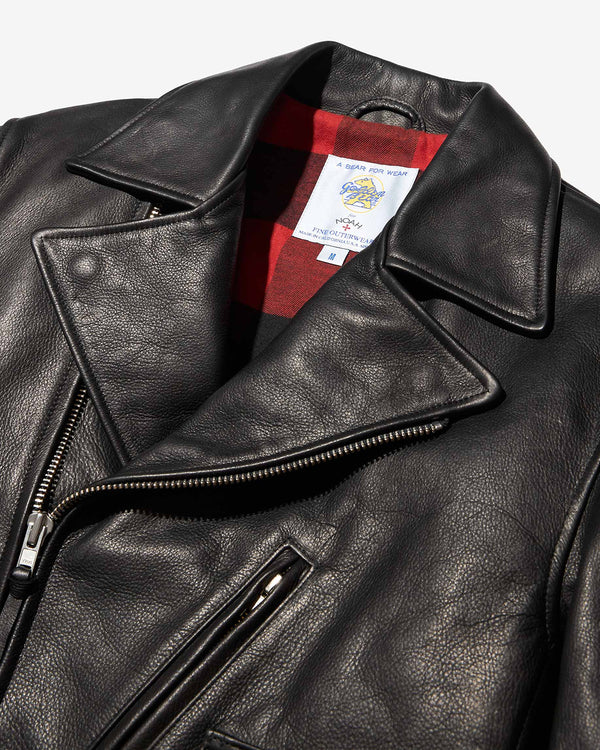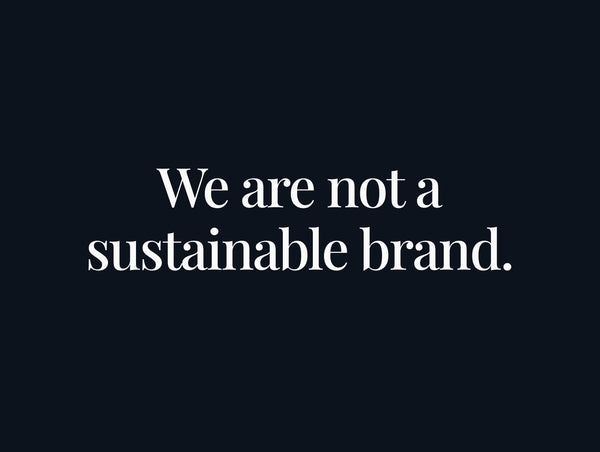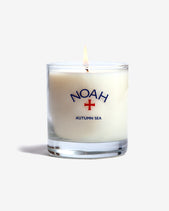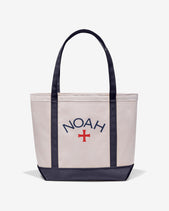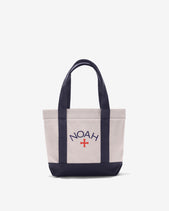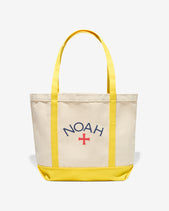
Packaging has been an ongoing debate for us. So far, we’ve opted to keep it as minimal as possible, and that sucks, according to many of our customers.
First impressions matter. We understand there’s value in the “unboxing experience.” We’ve felt that private little thrill when something we ordered comes in thoughtful, expensive-seeming, quasi-personalized packaging. It’s triggered those weird pleasure centers that have led to a whole unboxing video genre on YouTube. It’s easy to see why it’s such a big component of the marketing strategies for most retailers. Psychologists study it. People eat it up.
But when we ask ourselves what happens after enjoying that brief, throwback sensation of being a kid opening a present, when we wonder where all the hand-made paper, cleverly folded boxes, ribbons and glitter go, the answer is almost always the same: it gets tossed into the trash.


Maybe some of it gets tossed into the recycling, but still. The whole thing lasts a maximum of 2-3 minutes. That’s a lot of waste for what is essentially a mini dose of drugs, a transient feeling that what we just bought, or the company we bought it from, is somehow superior, or that we are superior. What it comes down to for us is the simple knowledge that no amount of packaging changes the product it’s wrapped around. Expensive packaging does not make a jacket, t-shirt or sweatshirt any better. Whatever you bought still has to live on its own once you've tossed the packaging aside.


The flip side to this stance is that, as a clothing company, we rely on packaging. We need it to get our products made, manage our stock, and ensure anything you order from us reaches you in pristine condition. We’ve stumbled on that last point. Trying to eliminate excess has lead us to under-pack certain items. Customers have complained that garments can arrive dirty or damaged when they are not individually poly-bagged. In the same vein, our decision to switch from polyethylene to Kraft paper mailers has caused its own problems. They don’t always stay sealed, and opening them the wrong way can cover the products inside and the general area with the dusty recycled fibers used to cushion them.
The question becomes: how much more are we willing to contribute to the world’s throw-away culture to honor the fact that you’ve bought something we’ve made? It’s not easy for us. We are extremely grateful to anyone who supports what we do. Some of our more ambitious items seem like they deserve a little more than being shipped in a poly bag, both in terms of the work we’ve put into creating them and the commitment they represent for our customers. But we keep coming down on the side of letting these items speak for themselves, rather than making our environmental footprint any bigger by dressing them up.

But we want to hear from you. Since our feelings are still divided about this, we are setting up the below email address, which will be active for a month, for you to send us your thoughts on this issue. We’ll consider all recommendations and comments seriously. Help us out and let us know what you think.
